Morton’s Neuroma
Read More >
A Morton’s neuroma is a painful condition in the ball of the foot. It is often described as a burning sensation or as if there is a pebble in your shoe. It is caused by a closing of the web space between the second and fourth toes. This leads to pressure on the nerves within the web spaces. The nerves become inflamed and painful.
Closing of the web space in the ball of the foot can be a result of many factors. These factors include flat feet, a very high arch, high-heeled shoes, altered gait, and progressive foot weakening. In this article we will cover the exercises that are most helpful for Morton’s Neuroma.
Related Article: What is Metatarsalgia?
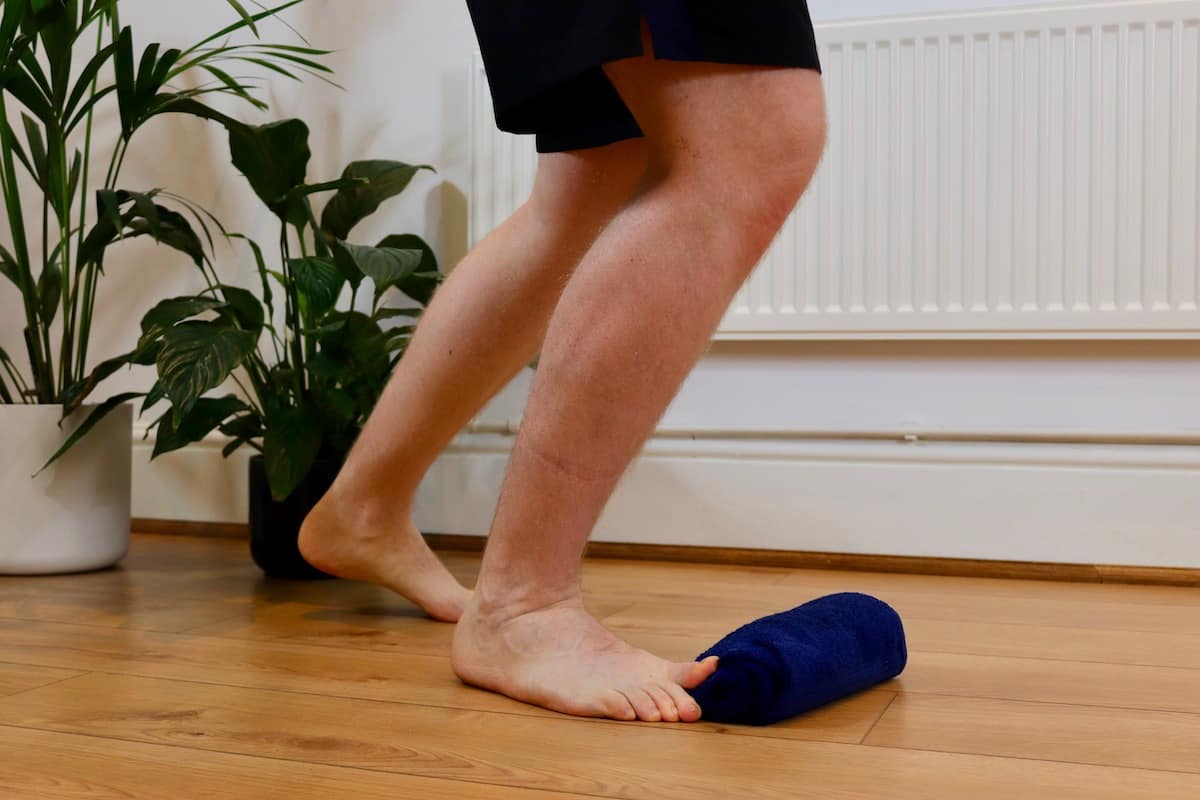
Did you know the majority of your body weight should go through your big toe when you walk? If it doesn’t, because it’s too tight, it can place extra pressure on your 2nd to 5th metatarsals.
Your soleus muscle is part of your calf muscle group and plays a very important role in walking and running. The tighter your soleus is, the quicker you transition onto your big toe.
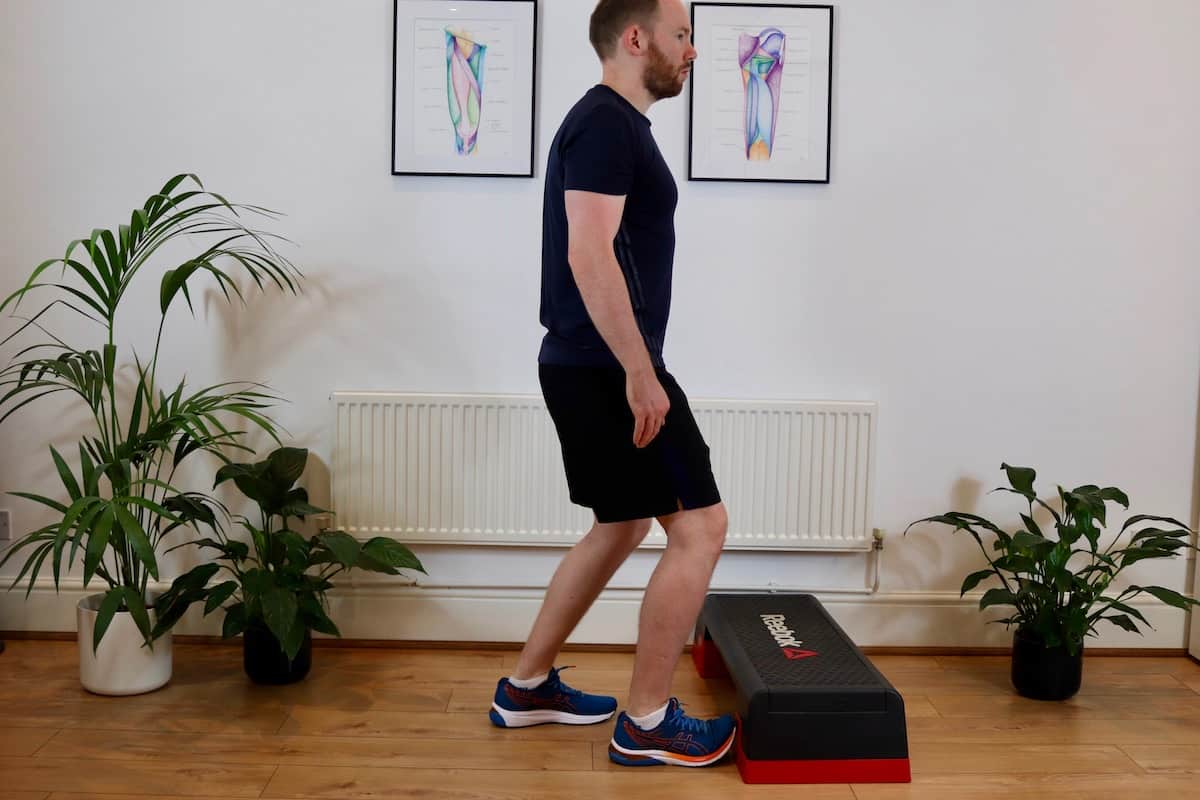
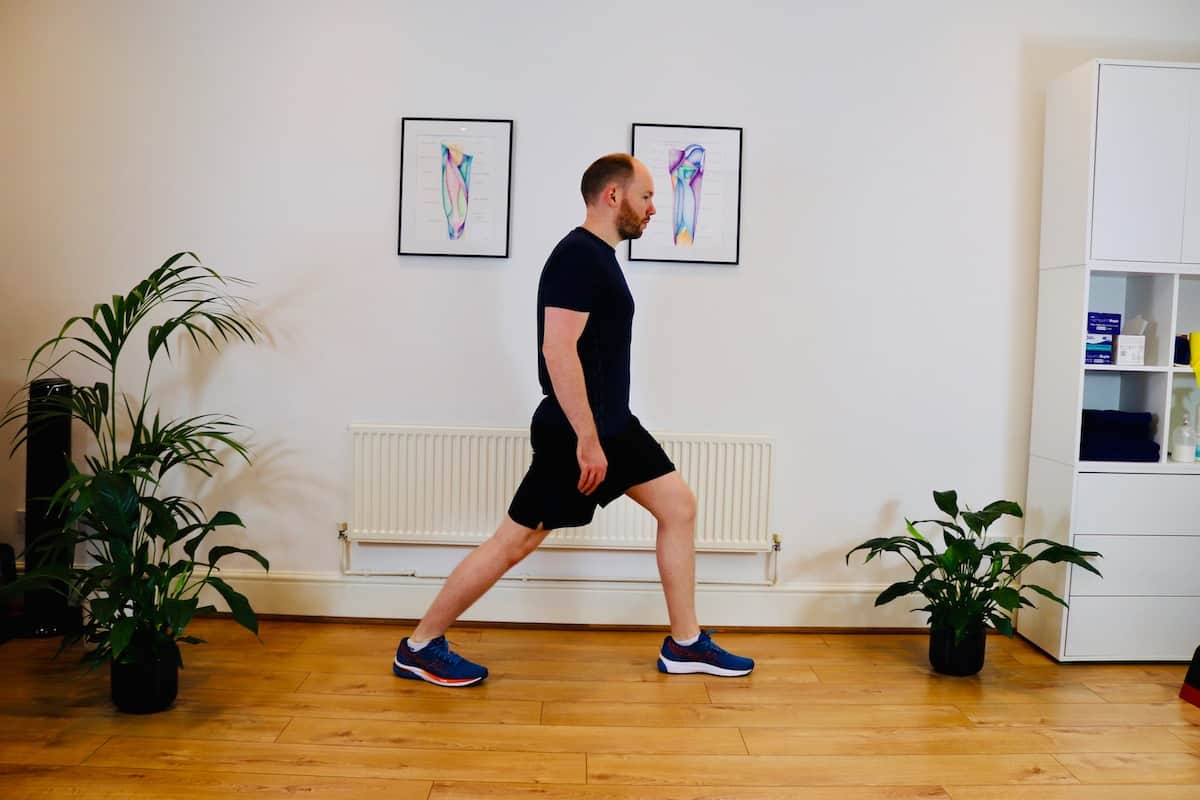
Your Gastrocneumius is the second major muscle in your calf muscle group. It can be helpful to stretch this as well.
Foot stability is extremely important. It helps distribute force evenly across your foot.
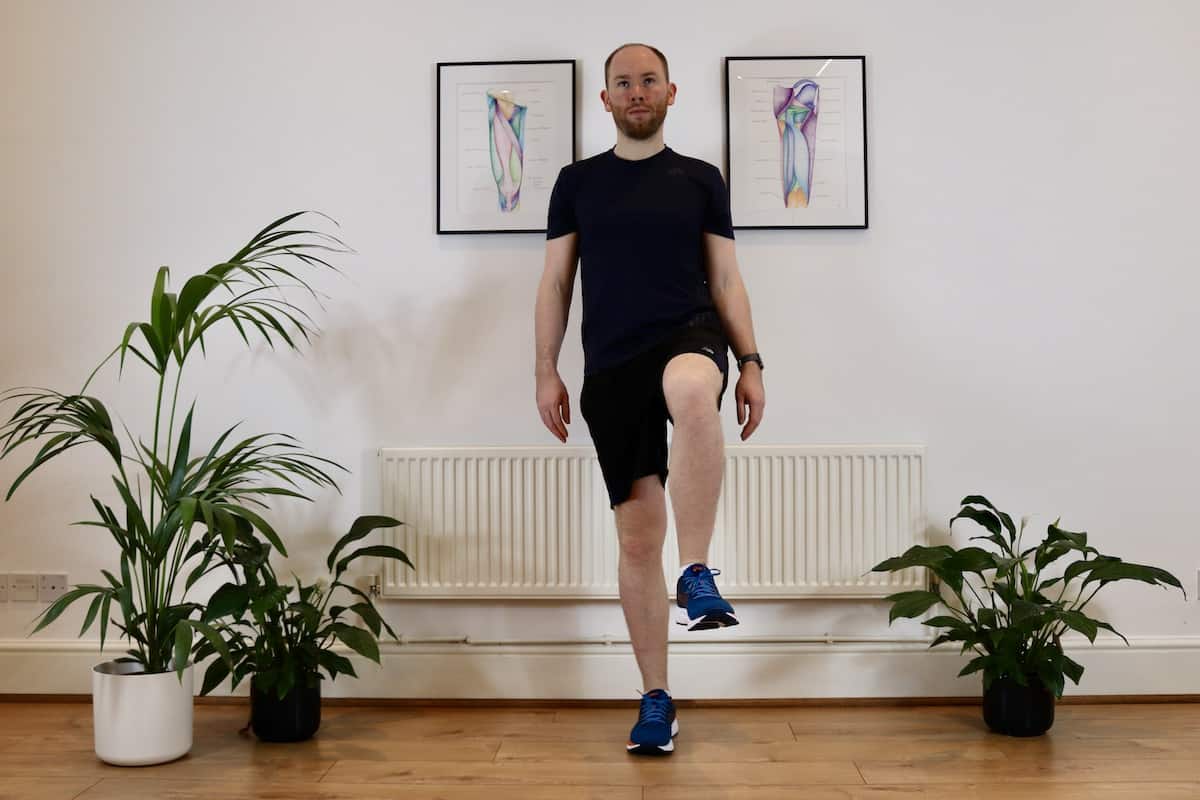
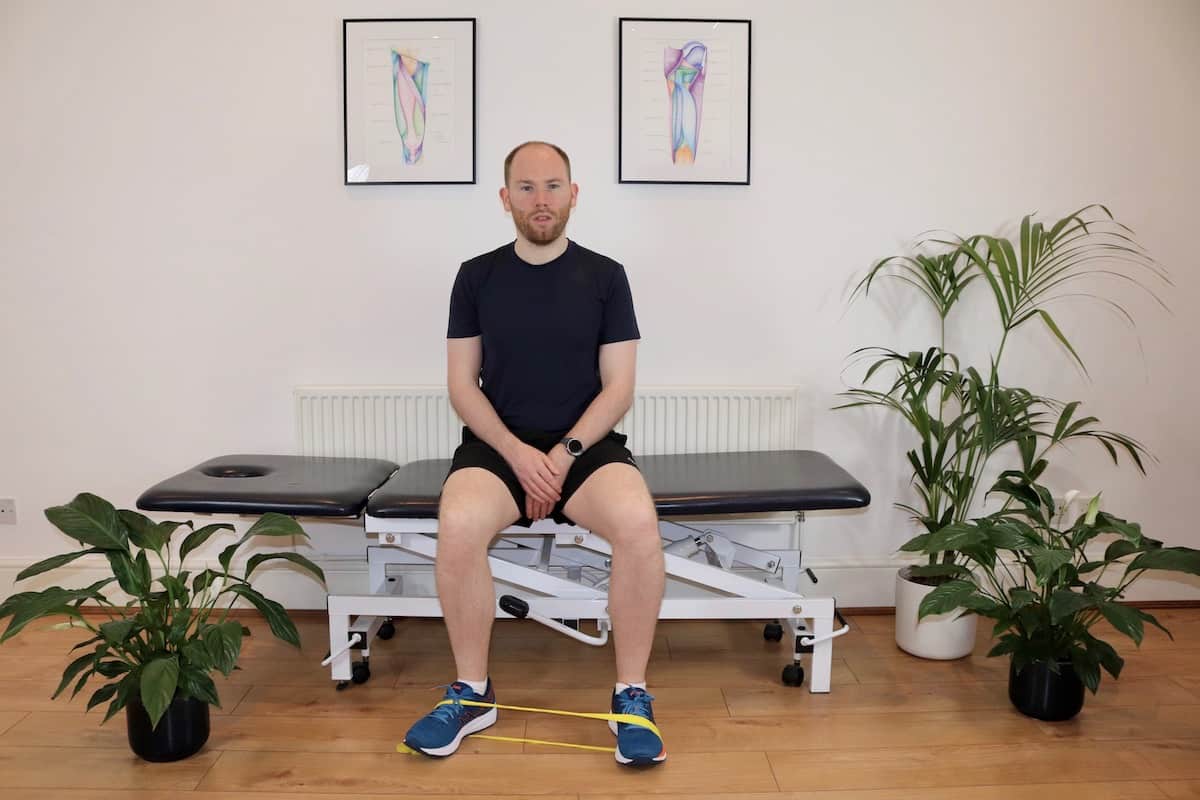
The peroneal muscles are on the outer side of your ankle. It helps to turn your foot outwards and is a key stabilizer of the ankle.
The Posterior Tibialis muscle is another key stabilizing muscle of the ankle. It is on the inner side of the ankle.
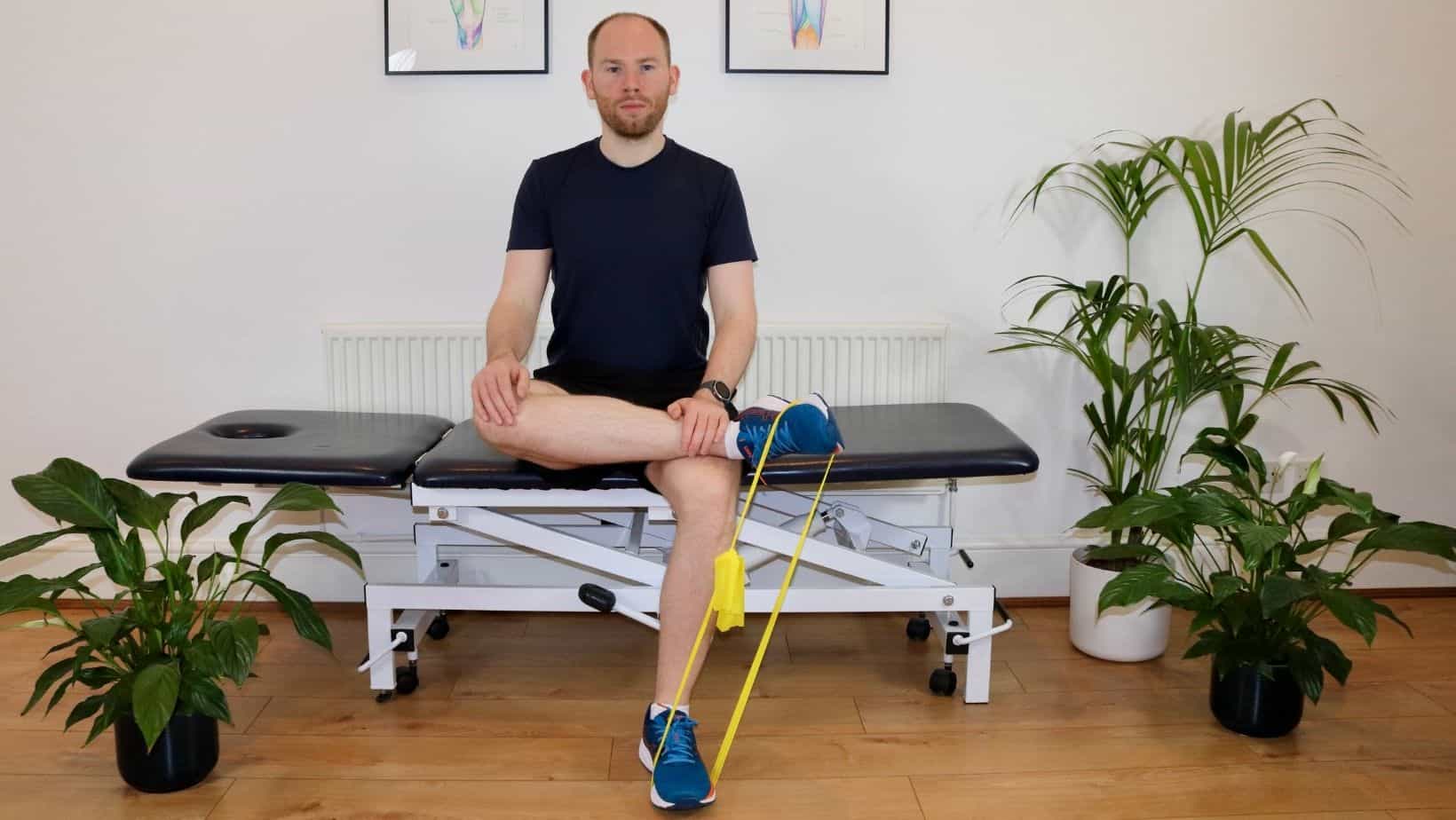
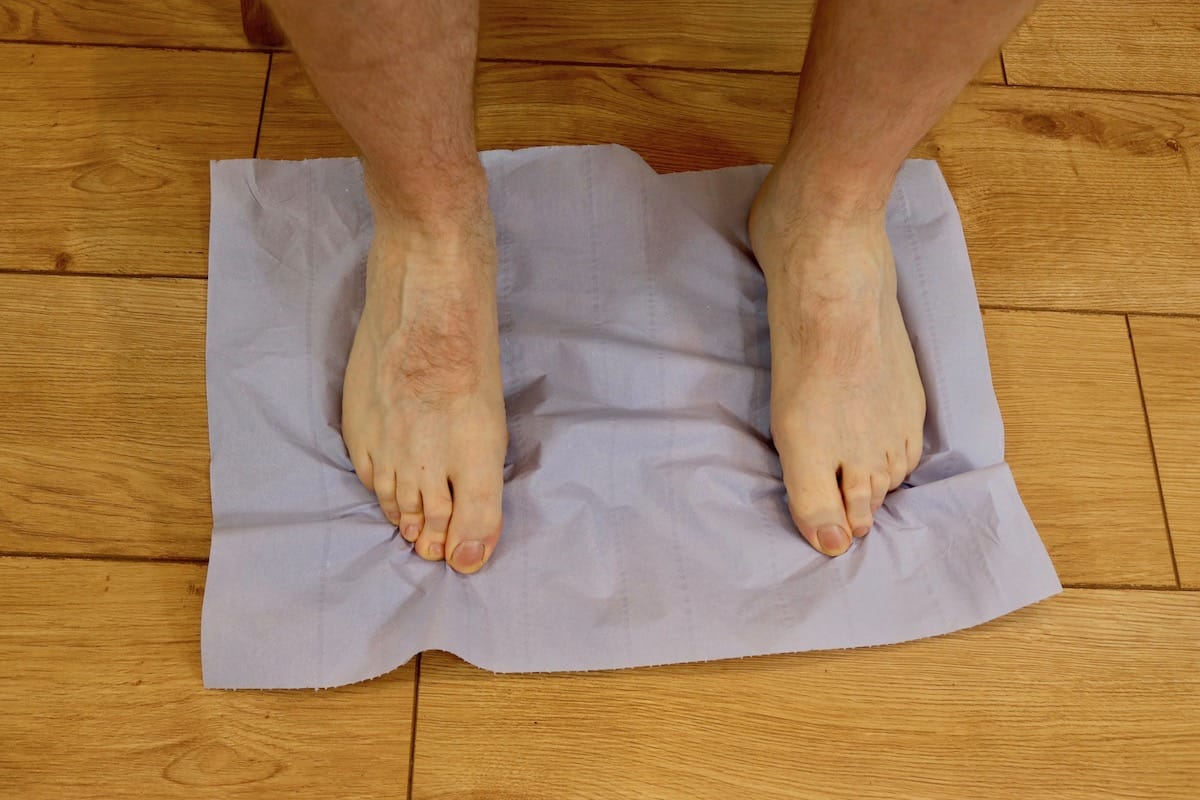
There are lots of small, intricate muscles on the bottom of the foot. They help to support the arch of the foot when standing or moving. The majority of the tissue in the foot is made up of strong connective tissue from the plantar fascia but the muscles around it can be strengthened
This is not medical advice. We recommend a consultation with a medical professional such as James McCormack. He offers Online Physiotherapy Appointments for £45.
Related Article:
Morton’s Neuroma Insoles – Bets Metatarsal Pads for Morton’s Neuroma – Morton’s Neuroma Surgery